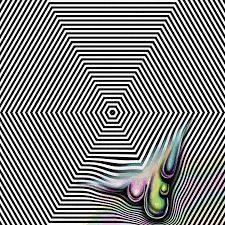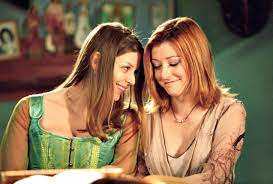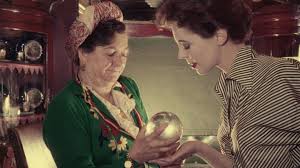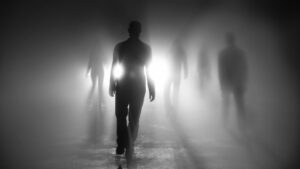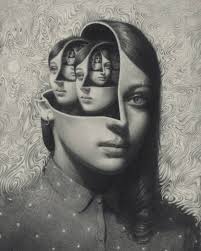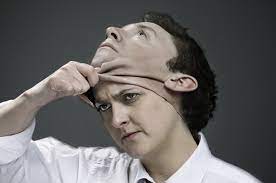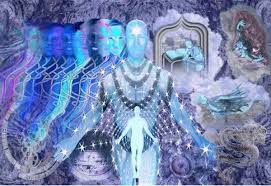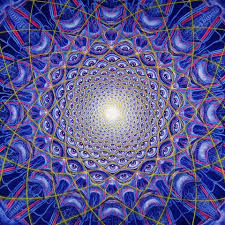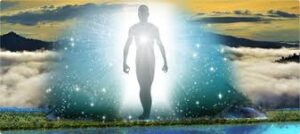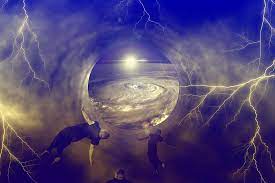HYPOTHESIS: Your Energy Personality can monitor your conscious state and give you valuable feedback.

You are gods studying your manifestations. I make this statement once again, reminding you of your status as creators of worlds. AS humans, we are endowed with the virtually unlimited powers of creation to manifest our desires into physical constructs. This happens naturally, all by itself. It may be somewhat difficult to study this manifestation phenomenon, for you yourself are part of your creation.

Therefore, in this experiment, you may attempt to inhabit an alternate perspective in order to study this creation activity you do in tandem with All That Is. It is somewhat like taking snapshots of moments in linear time – the perceptual illusion – for consideration at a “later” date. Let us label this aspect of the Energy Personality the “Self Observer.” This aspect of consciousness has the power to “recall” elapsed Moment Points for purposes of inquiry into the nature of events in physical reality. This observing self has the attributes that you endow it with by virtue of your god-like powers of creativity.

The purpose of this experiment is have your Energy Personality witness and “document” for you, notable excursions into the unknown reality while you are awake. Your Energy Personality will recall instances of Astral Travel, communications with Simultaneous Lives, and other phenomena for review at a later date. This is your Self Observer aspect that you may use to remind you of what you have experienced throughout any given day.

CONDUCT YOUR RITUAL OF SANCTUARY
Now create your relaxed mental and physical environment. Then simply assign the task of self-observation to your Energy Personality, much as you would assign a task to a personal assistant. For example: you might say, “Please document as memories today, my voyages into other dimensions, for review this evening.”
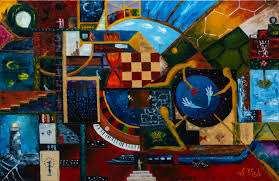
Then mark out time in the evening for review. At that time, ask your Energy Personality to release those memories into you consciousness sequentially for your review. Now obviously you may have your review at other parts of the day or immediately after the notable event. This protocol is simply one of convenience for those of you who have busy daytime working lives.

As you continue with your regimen of self-observation, you may notice that inter-dimensional travel is the rule rather than the exception. You are subject to frequent “mental vacations” of this type throughout your waking and especially your sleeping times. In fact, the great majority of your day-to-day life is spent within these alternate dimensions.

FINDINGS – Documents your findings with successfully eliciting information from your Energy Personality on events which have transpired.

